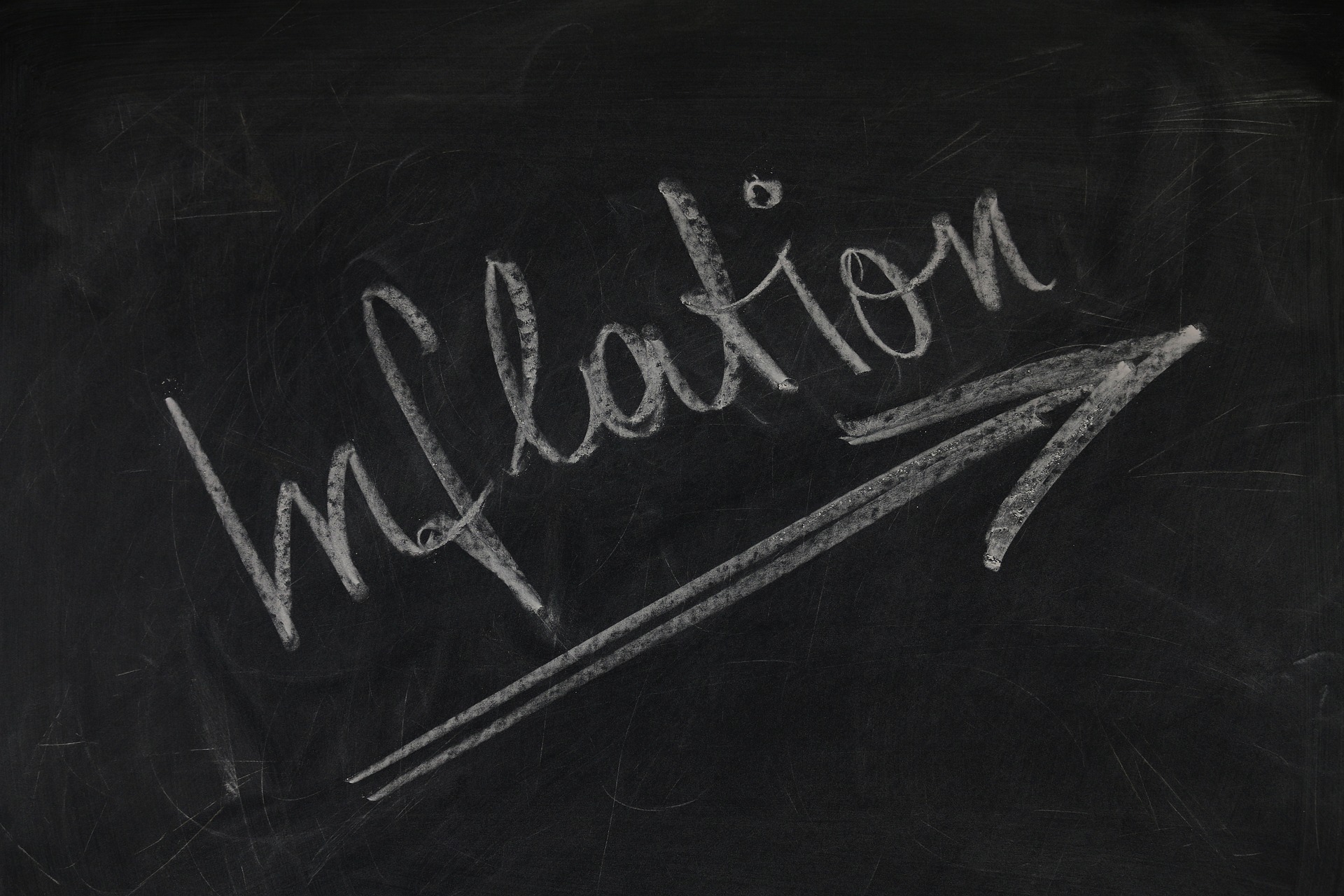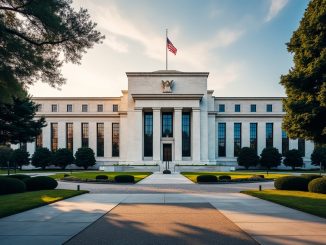
The Federal Reserve’s favored inflation indicator, the core Personal Consumption Expenditures (PCE) index, revealed a steady pace of price increases in July, matching Wall Street’s projections and reinforcing the growing sentiment that the central bank may soon ease its monetary policy stance.
According to the latest data, the core PCE index, which excludes volatile food and energy costs, rose 0.2% month-over-month in July, mirroring June’s increase and aligning perfectly with analysts’ forecasts. On an annual basis, the index climbed 2.6%, holding steady from June’s figure and slightly undercutting expectations of a 2.7% rise.
This report arrives on the heels of Fed Chair Jerome Powell’s recent remarks at Jackson Hole, Wyoming, where he strongly hinted at an impending rate cut. Powell’s statement that the “time has come for policy to adjust” and his increased confidence in inflation’s trajectory towards the Fed’s 2% target have set the stage for what many believe will be a pivotal shift in monetary policy.
Friday’s inflation reading, while not groundbreaking, does little to disrupt Powell’s narrative. It presents a picture of inflation that, while still above the Fed’s target, continues to show signs of moderation. This stability in price trends may provide the Fed with the assurance it needs to begin unwinding its aggressive rate-hiking campaign.
However, the path forward is not without its complexities. Ryan Sweet, chief US economist at Oxford Economics, cautioned that the Fed’s decision-making process now incorporates a broader set of concerns. “It’s not going to be a smooth, easy ride,” Sweet told Yahoo Finance. “There’s going to be bumps along the road with the inflation numbers.”
Sweet highlighted that while inflation remains a primary consideration, the Fed is increasingly attuned to potential labor market deterioration. This dual focus suggests that individual monthly inflation reports may carry less weight in the Fed’s overall assessment than they once did.
Despite these nuances, Sweet maintains that the Fed’s preferred inflation gauge remains within “spitting distance” of its target. This proximity to the 2% goal could provide the central bank with the justification it needs to initiate rate cuts, possibly as soon as September.
Market participants are already pricing in the likelihood of a rate cut, with debate centering on its magnitude rather than its occurrence. As of Friday morning, traders were assigning a roughly 33% probability to a substantial 50 basis point cut at the Fed’s September meeting, according to the CME FedWatch Tool.
The consistent inflation data, coupled with Powell’s recent comments, has created a climate of anticipation in financial markets. Investors and economists alike are now keenly focused on upcoming economic indicators and Fed communications for further clues about the timing and extent of potential policy easing.
As the Fed navigates this delicate balance between controlling inflation and supporting economic growth, the coming months promise to be a critical period for monetary policy. The central bank’s decisions in this transitional phase could have far-reaching implications for everything from consumer spending and business investment to global financial markets.
While the latest PCE data provides a measure of reassurance, it also underscores the complex task facing the Fed. As it weighs the various economic factors at play, the central bank must calibrate its approach carefully to ensure a soft landing for the economy while keeping inflation firmly on its downward trajectory.
In the end, while July’s inflation report may not have delivered any surprises, it has certainly added another piece to the intricate puzzle that the Federal Reserve must solve as it contemplates its next moves in this evolving economic landscape.
- Bulenox: Get 45% to 91% OFF ... Use Discount Code: UNO
- Risk Our Money Not Yours | Get 50% to 90% OFF ... Use Discount Code: MMBVBKSM
Disclaimer: This page contains affiliate links. If you choose to make a purchase after clicking a link, we may receive a commission at no additional cost to you. Thank you for your support!




Leave a Reply